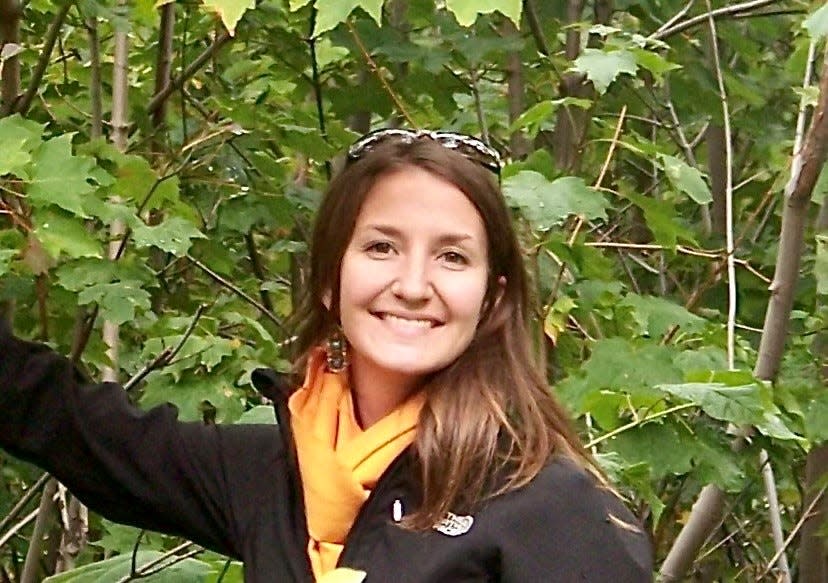Cozying up with your seed catalogs
The chaos of the holidays has passed, and we’ve entered that sweet, if brief, quiet period where reflecting and planning can take place. Now is the time to grab your stack of seed catalogs and begin envisioning your 2024 garden. If you’re anything like me, those seed catalogs can be dangerous thanks to the endless temptations inside that are all too capable of leading me down a path of unrealistic fantasies. So, let’s explore just how to get the most out of your collection of catalogs without going completely off the rails.
Here’s a list of considerations you should make and write out before you begin perusing:
The actual measured space that you will have to grow in.
Your USDA hardiness zone. Many in our county have recently shifted into 6a territory but keep in mind that those deeper freezes down to the negative teens to twenties do still happen. This won’t affect annuals, but more tender perennials and trees could be lost.
The amount of sunlight available in your space in the summer. This is typically measured by hours of direct sun exposure the growing area receives.
The length of your growing season. Our mountain folks will have a shorter period than those living in the middle of Pueblo or out on the plains and is determined by average first frost dates, which you can look up online.
All of these factors will help you sort through the options to pick plants and varieties that will thrive in your specific conditions.
Once you’ve got those details, you can begin listing out what other types of requirements you may have, such as if you want certain colors, heights, flavors, organic varieties, water needs, pollinator-friendly options, etc. It’s often a good idea to make a map of your growing space so that you can get an idea of how things can fit together and what you’ve really got room for.
When it comes to reading the offerings in seed catalogs, many use symbols and abbreviations to denote various plant attributes. A key to define each symbol is helpfully included either on the first couple of pages or at the bottom of specific pages.
In addition to the symbols, you’ll see some common terms used throughout. ‘Hybrid’ means the variety was created by crossing at least two parents to get exceptional genes but is not the same as a GMO (genetically modified organism) plant. Keep in mind, if you’re interested in saving seeds, that hybrid plants will not produce seeds true-to-type.
‘Heirloom’ and ‘open-pollinated’ are similar in that heirloom varieties are open-pollinated, but not all open-pollinated plants are heirlooms. The long-term genetically stable history of these plants and their ability to produce seeds true-to-type is great for seed savers. Heirlooms are often sought out for their superior taste, texture, colors, etc. and have often been in cultivation for at least 50 years.
Plenty of vegetables and flowers can be started indoors before the last frost to get a head start and to ensure enough time to harvest. ‘Indoor sow’ indicates that a plant requires this early start to produce well so only choose these varieties if you’re planning on starting seeds indoors.
If you aren’t interested in doing all of that inside prep, just look for options that list ‘direct sow’ and know that you can simply plant the seeds directly into the ground. When you do this depends on the species. Some will need to wait until after the last frost so just read the description well and mark your calendar.
When you see ‘days to maturity’, know that that’s the number of days until you can expect to harvest your plant, starting from the day it’s transplanted or directly sown outside.
Finally, there are times when you can choose between organic and conventional seed. Organic simply means the seed hasn’t been produced using synthetic pesticides or fertilizers and isn’t a GMO.
If your pile of catalogs is a little light you can always request more online but remember that oftentimes our local garden supply centers and nurseries will carry the same seed varieties and plant starts without the sometimes-ridiculous shipping costs so be sure to go check out what they have as well before making your final decisions.

Amanda Weidner is the horticulture specialist at the Pueblo County CSU-Extension Office. She can be reached at 719-583-6581 and weidnera@pueblocounty.us.
This article originally appeared on The Pueblo Chieftain: Cozying up with your seed catalogs

